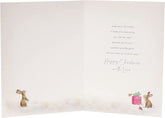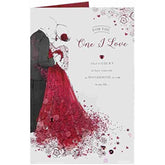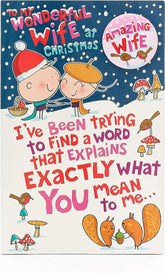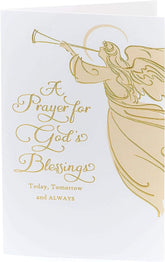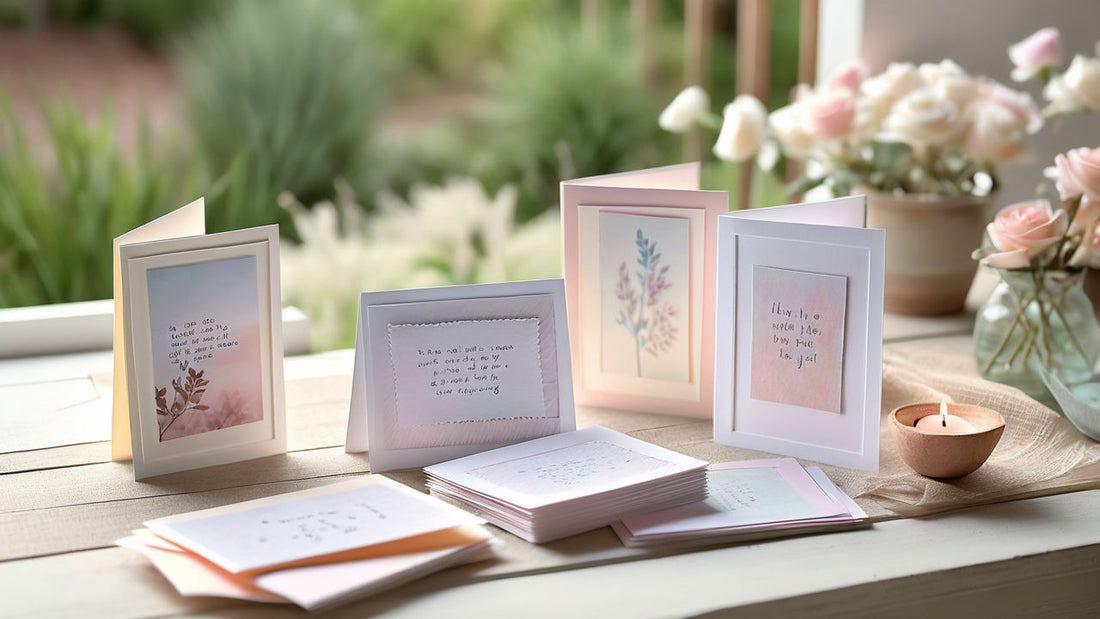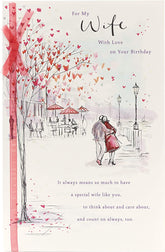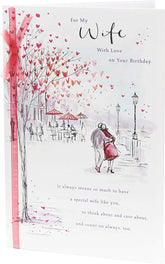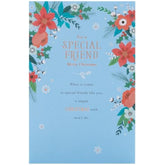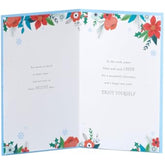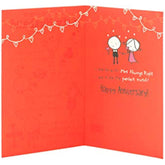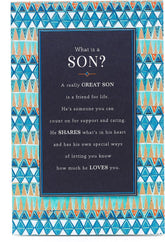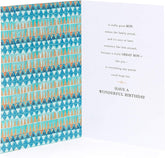Sending a greeting card is a timeless way to show someone that you care, whether for a birthday, anniversary, wedding, or just because. But even the most beautiful card isn’t complete without a heartfelt message inside. Crafting the perfect message for a greeting card can sometimes feel daunting, but it doesn't have to be.
This guide will walk you through how to write the perfect message in a greeting card for any occasion. From tone to content, we’ll cover all the essential steps to make sure your message is meaningful, personal, and memorable.
1. Understand the Occasion
The first and most important step to writing the perfect greeting card message is understanding the occasion. Every card you send should align with the event or sentiment it’s meant to celebrate. Here’s a quick guide to tone and message ideas for some common occasions:
-
Birthday: Birthday messages should be celebratory and positive. You can be humorous for close friends or family members, while a more sincere message may be appropriate for colleagues or acquaintances. Example: “Wishing you all the happiness on your special day! May this year bring joy and new adventures.”
-
Wedding: Wedding messages should convey joy, love, and well-wishes for the couple’s future. Keep it romantic and positive. Example: “Wishing you a lifetime of love, laughter, and happiness together. Congratulations on your beautiful wedding!”
-
Anniversary: For anniversaries, whether it’s for your partner or another couple, express gratitude and celebrate their love. For milestones, mention how impressive or inspiring their relationship is. Example: “Happy 10th Anniversary! Your love and commitment continue to be an inspiration to everyone around you.”
-
Thank You: Keep your thank-you messages short, sweet, and appreciative. Be specific about why you’re grateful. Example: “Thank you so much for the thoughtful gift! It truly made my day, and I appreciate your kindness.”
-
Sympathy: Sympathy messages should be heartfelt and comforting. It’s important to be sensitive and offer support during a difficult time. Example: “My deepest condolences on your loss. You are in my thoughts during this difficult time, and I’m here for you if you need anything.”
Once you’ve identified the tone for the occasion, it will be much easier to start crafting your message.
2. Make It Personal
A great greeting card message is always personalized. Even if you choose a pre-made card with a printed message, adding a handwritten note that speaks directly to the recipient will make it feel more thoughtful. Here’s how you can personalize your message:
-
Mention Specific Details: Reference shared memories, inside jokes, or something specific to the recipient that shows you’ve put thought into the message. Example for a birthday card: “I still remember your amazing party last year! Can’t wait to celebrate again with you soon.”
-
Use Their Name: Addressing the recipient by name adds a personal touch and makes the message feel like it was written just for them. Example: “Dear Sarah, wishing you the happiest birthday filled with all your favorite things.”
-
Highlight Milestones or Achievements: If the occasion involves a milestone or achievement, such as a graduation, wedding, or anniversary, mention it in your message. Example for a graduation card: “Congratulations on your amazing achievement, Michael! Your hard work and dedication have truly paid off.”
Personal touches like these make the card more meaningful and show the recipient that you’ve taken the time to craft a message just for them.
3. Be Genuine and Sincere
The key to writing a perfect message is sincerity. A message that comes from the heart will always resonate more than a generic, cookie-cutter note. Here’s how to ensure your message feels genuine:
-
Speak From the Heart: Use your own words to express how you feel, rather than relying on pre-written messages. Authenticity makes a big difference. Example: “I’m so grateful for our friendship and all the memories we’ve made over the years. I hope this birthday is just as special as you are to me.”
-
Keep It Simple: Don’t overthink it—sometimes, a simple, heartfelt sentence is all that’s needed. Example: “Sending you love and best wishes today and always.”
-
Avoid Overused Phrases: While phrases like “wishing you all the best” or “thinking of you” are fine, try to mix it up with something more personal. Instead of saying, “Congratulations,” you could say, “You’ve worked so hard for this moment, and I couldn’t be prouder!”
By keeping your message sincere and avoiding clichés, you’ll create a card that feels much more meaningful to the recipient.
4. Add a Touch of Humor (When Appropriate)
Humor is a great way to make your greeting card message stand out—if it’s appropriate for the occasion and recipient. A funny joke or light-hearted message can bring a smile to the reader’s face and make your card more memorable. However, always be mindful of the situation and the person’s sense of humor.
-
For Birthdays: Light-hearted humor works well for birthdays, especially for friends or family. Example: “Happy Birthday! Remember, you’re not getting older, just more experienced.”
-
For Anniversaries: You can also use humor in anniversary cards, particularly if it’s for your partner or a couple who enjoys a good laugh. Example: “Happy Anniversary! You still haven’t killed each other, so I’d say that’s a success!”
-
For Everyday Cards: If it’s just a note to say “hi” or “thinking of you,” don’t be afraid to add a funny anecdote or inside joke to make the recipient laugh.
Remember, humor can be subjective, so if you’re not sure how the recipient will react, it’s better to err on the side of caution and keep the message more heartfelt.
5. Close With Warmth
The closing of your message is just as important as the beginning. It should reinforce the overall tone and leave a lasting impression. Here are a few ways to close your greeting card message:
-
For Formal Occasions: Use polite, respectful closings for weddings, sympathy, or professional relationships. Example: “With warmest regards, [Your Name]” or “Sincerely, [Your Name].”
-
For Personal or Casual Messages: For close friends, family, or less formal occasions, feel free to be more personal and friendly. Example: “With love, [Your Name],” “Best wishes, [Your Name],” or “Take care, [Your Name].”
You can also add a postscript (P.S.) to your card if there’s an additional thought or light-hearted note you want to include, making it feel more personal and informal.
6. Handwrite Your Message
While it may seem old-fashioned, handwriting your message adds a personal touch that simply cannot be replicated by typing. A handwritten card feels more intimate and thoughtful because it shows you’ve taken the time to sit down and write the message yourself. Even if your handwriting isn’t perfect, the effort will be appreciated.
Conclusion
Writing the perfect message in a greeting card doesn’t have to be intimidating. By understanding the occasion, personalizing your note, being genuine, and closing with warmth, you’ll create a memorable and heartfelt message that resonates with the recipient. Whether it’s a birthday, anniversary, or a simple thank-you note, a well-written greeting card message can leave a lasting impression and strengthen your connection with the people you care about.

